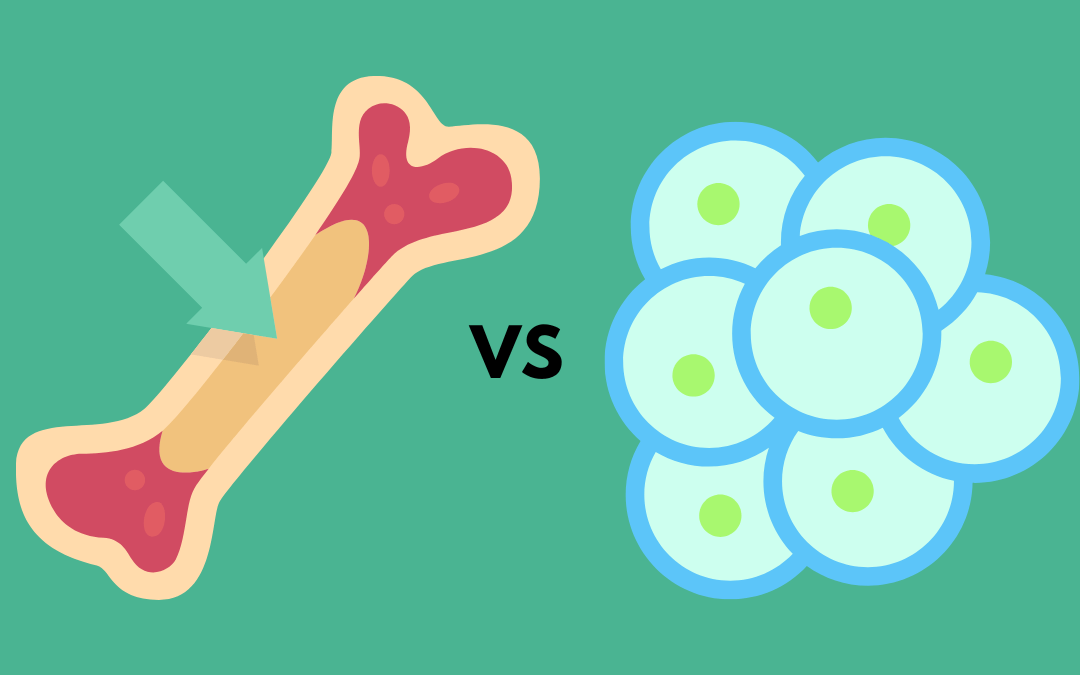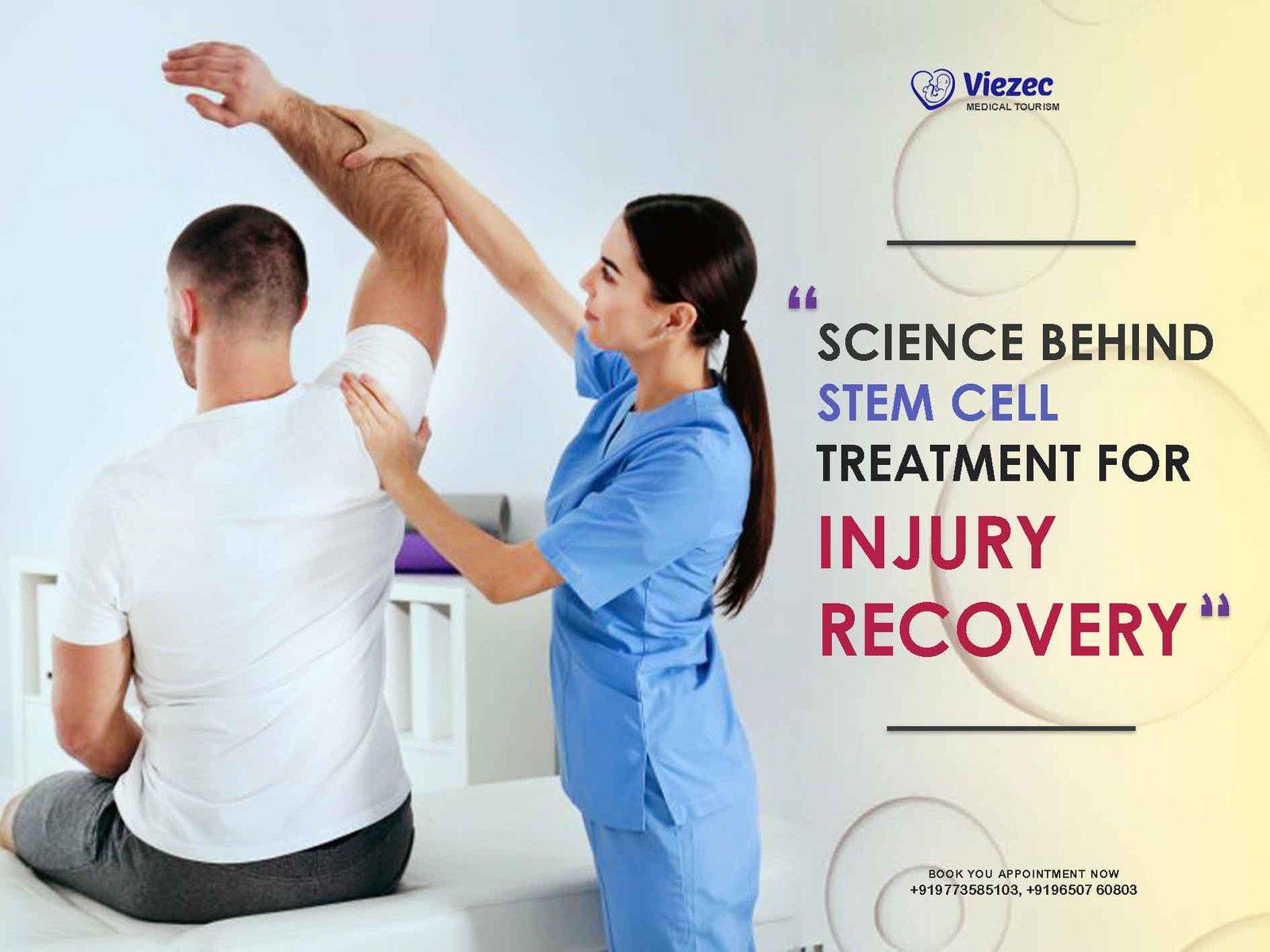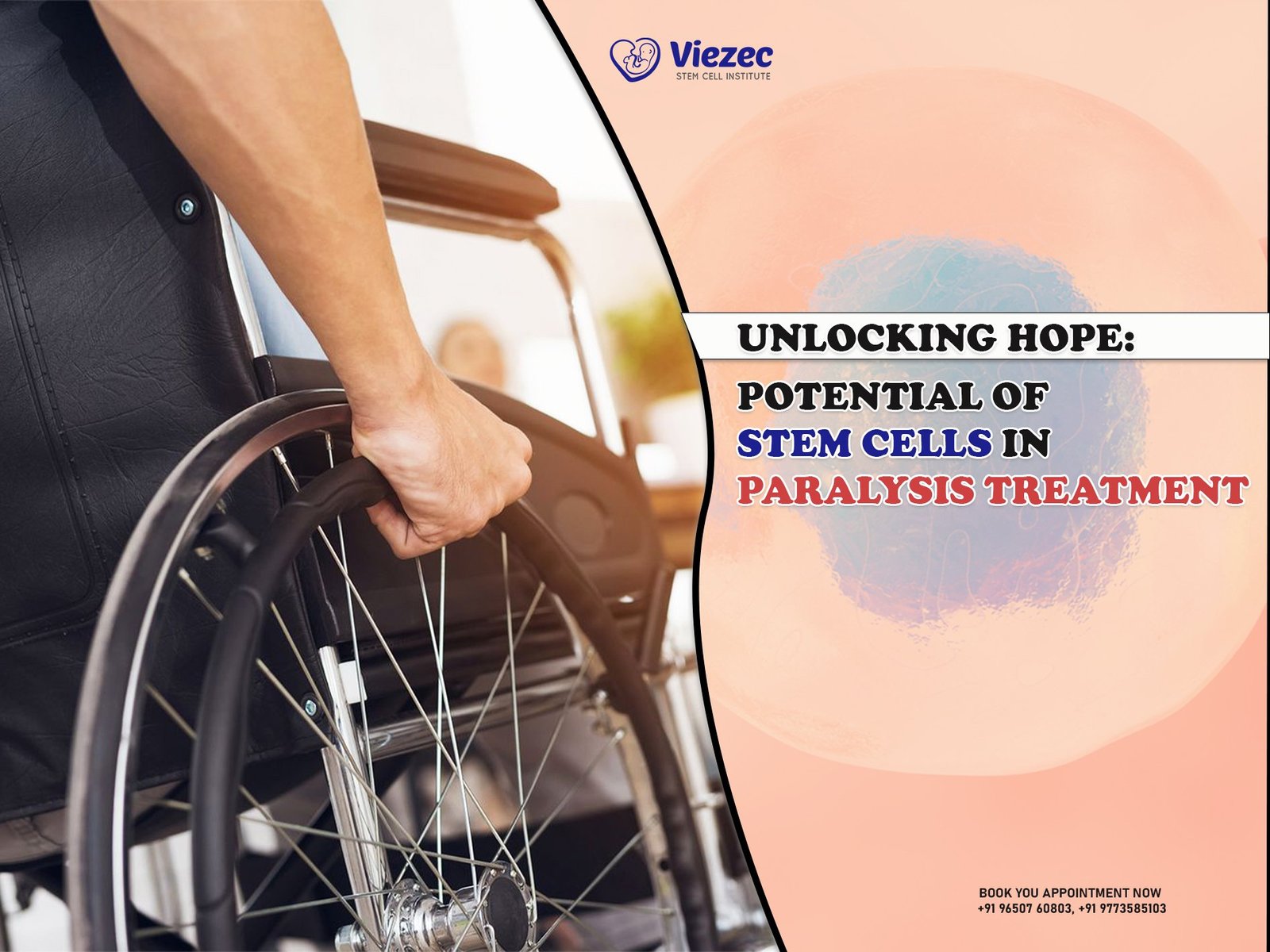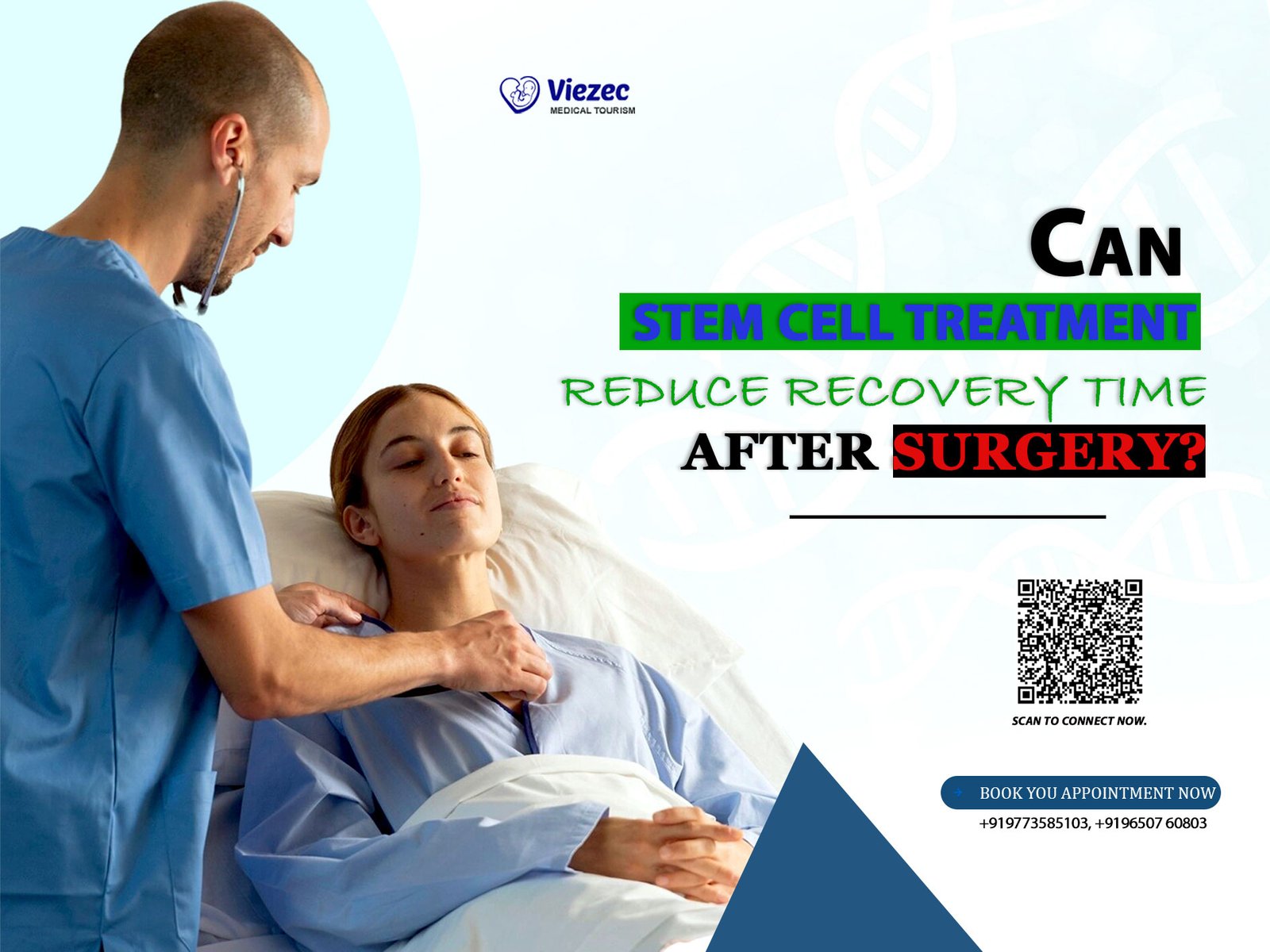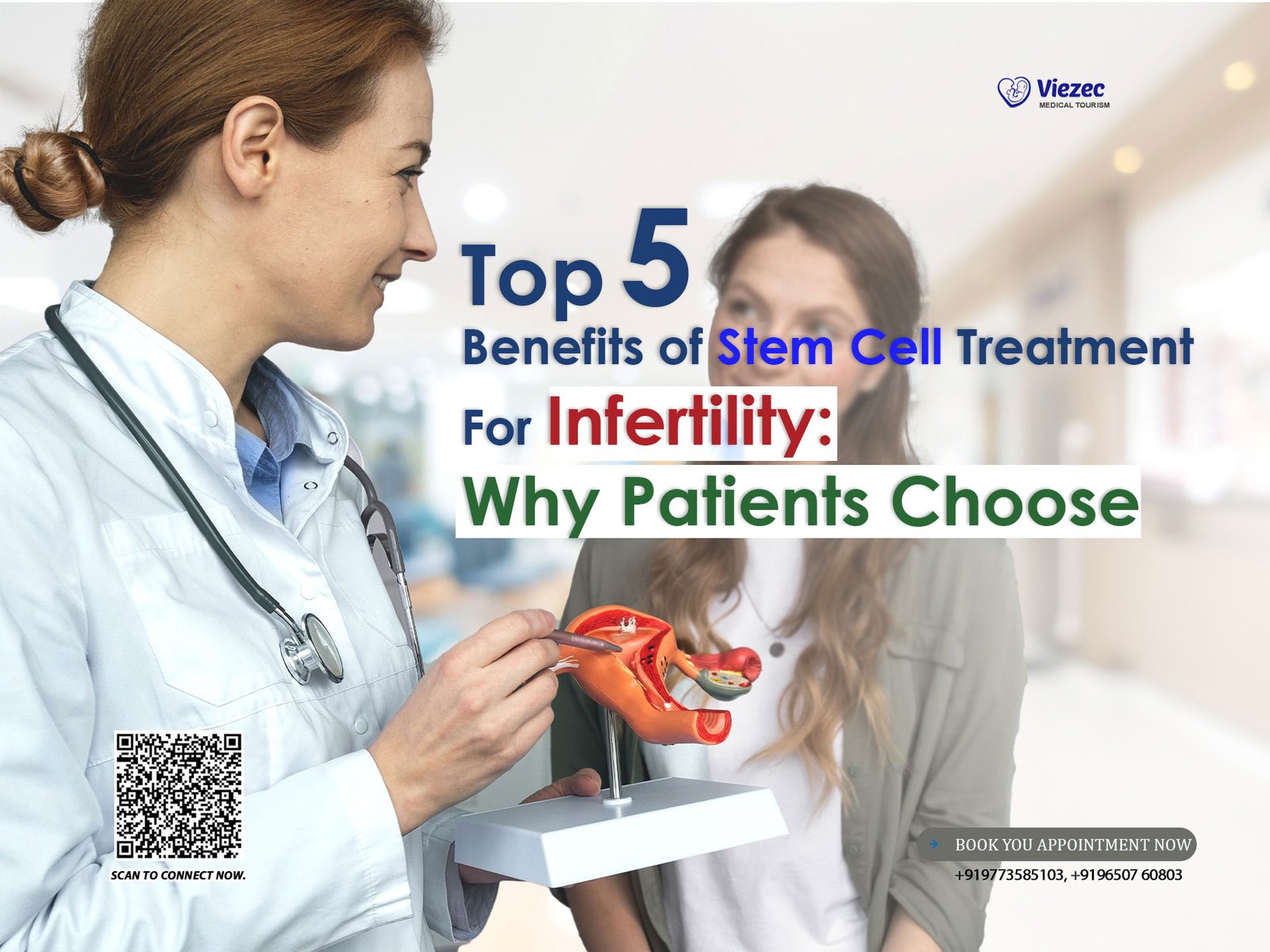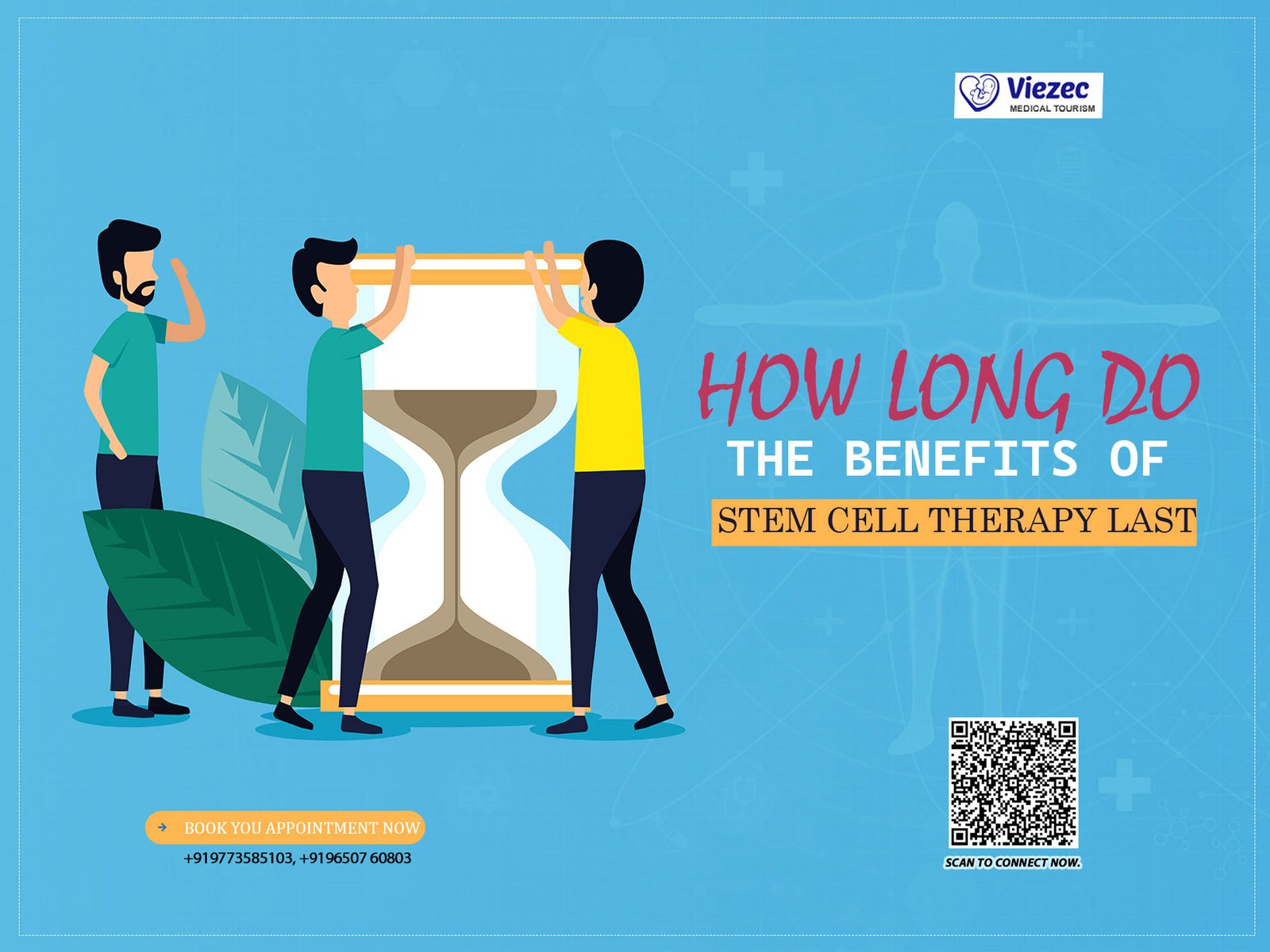Stem cell and bone marrow transplants are transformative therapies used to treat life-threatening blood disorders and cancers. While both procedures aim to restore the body’s ability to produce healthy blood cells, they differ in how stem cells are collected, the risks involved, and patient suitability. This comprehensive guide breaks down the key differences between stem cell and bone marrow transplants—covering types, sources, procedures, recovery, risks, and outcomes. Whether you’re a patient, caregiver, or medical professional, this article offers the clarity and insights you need to make informed, confident decisions about treatment.
Introduction to Transplants
What Are Stem Cells?
Stem cells are the body’s raw materials—special cells with the extraordinary ability to develop into many different types of cells. Think of them as the foundation from which all other cells with specialized functions (like muscle cells, blood cells, or brain cells) are generated. They also play a crucial role in the body’s natural healing processes by repairing damaged tissues and replenishing lost cells.
There are several types of stem cells, including embryonic stem cells, adult stem cells (like those found in bone marrow), and induced pluripotent stem cells (iPSCs), each with unique properties and potential in therapy and regenerative medicine.
The Role of Bone Marrow in the Body
Bone marrow is a soft, sponge-like tissue located in the center of certain bones—especially the hips and thighs. It’s a powerhouse of blood cell production, home to hematopoietic stem cells (HSCs), which give rise to red blood cells (for oxygen), white blood cells (for immunity), and platelets (for clotting).
Without healthy bone marrow, the body cannot produce these vital components, leading to severe immune suppression, anemia, and bleeding disorders.
Why Transplants Are Performed
When the bone marrow is damaged or destroyed—by disease, chemotherapy, or radiation—a stem cell or bone marrow transplant can be a life-saving option. These procedures are commonly used to treat blood cancers like leukemia and lymphoma, bone marrow failure syndromes such as aplastic anemia, and certain immune or genetic disorders.
Transplants replace damaged stem cells with healthy ones, helping the body regain its ability to produce blood and immune cells. In many cases, they offer not just a treatment—but a potential cure.
What Is a Stem Cell Transplant?
A stem cell transplant is a medical procedure that replaces damaged or destroyed stem cells in the bone marrow with healthy ones. These new stem cells can come from the patient’s own body or from a donor and are used to restore normal blood cell production, especially after high-dose chemotherapy or radiation.
This therapy isn’t just about replacing cells—it’s about giving the body a chance to reboot, rebuild, and recover.
Types of Stem Cell Transplants
Autologous Stem Cell Transplant
In an autologous transplant, a patient’s own stem cells are harvested before undergoing intensive treatment like chemotherapy. After treatment, those preserved cells are returned to the body to help regenerate healthy blood cells.
Why it’s used:
This method is often chosen for conditions like multiple myeloma or certain lymphomas. Because the stem cells come from the patient, there’s no risk of immune rejection—but it may not be ideal if the bone marrow is already diseased.
Allogeneic Stem Cell Transplant
This type uses stem cells donated by another person—either a matched family member or an unrelated donor who is a close genetic match. The donor’s healthy cells replace the patient’s damaged or diseased ones.
Why it’s used:
Allogeneic transplants are common for treating blood cancers such as leukemia and myelodysplastic syndromes. They provide a new immune system that can help fight residual cancer cells, but they also carry risks like graft-versus-host disease (GVHD).
Syngeneic Stem Cell Transplant
This rare type of transplant occurs between identical twins. Since their genetic material is the same, the risk of immune-related complications is extremely low, making this the safest transplant option when available.
Take the First Step Towards Better Health
Regenerative stem cell therapy offers new hope for various conditions. Schedule an appointment to explore your treatment options today!
Sources of Stem Cells
Bone Marrow
Bone marrow is one of the oldest and most established sources of stem cells. It’s typically collected from the hip bone under anesthesia. This method ensures a high concentration of hematopoietic stem cells, making it a reliable option, especially for children and certain cancer types.
Peripheral Blood
In modern practice, most stem cell transplants use peripheral blood stem cells (PBSCs). Here, stem cells are coaxed out of the bone marrow into the bloodstream using growth factors, then collected via a process called apheresis. It’s less invasive and leads to faster recovery times post-transplant.
Umbilical Cord Blood
Stem cells can also be harvested from the umbilical cord and placenta shortly after birth. These cord blood stem cells are immature, which makes them more adaptable to mismatched recipients and less likely to cause GVHD. However, they come in limited quantities, which may not be enough for adult patients.
What Is a Bone Marrow Transplant?
A bone marrow transplant (BMT) is a specialized form of stem cell therapy that focuses on replacing diseased or damaged bone marrow with healthy stem cells. This process can re-establish normal blood cell production and immune function, especially in patients battling serious conditions like leukemia, lymphoma, or aplastic anemia.
While stem cell transplants can use various sources, a bone marrow transplant specifically refers to using bone marrow-derived hematopoietic stem cells—often collected directly from the donor’s pelvic bone.
Bone Marrow Harvesting Process
Bone marrow is typically collected in a hospital setting under general or regional anesthesia. A needle is inserted into the back of the pelvic bone (iliac crest) to extract the marrow. The process usually takes about 1–2 hours, and donors can go home the same day or the next.
The collected marrow is then filtered, tested, and infused into the recipient through an intravenous (IV) line—similar to a blood transfusion.
Matching Donors and Recipients
Successful bone marrow transplants depend heavily on HLA (human leukocyte antigen) matching. These markers help the immune system recognize which cells belong in the body. A close HLA match between donor and recipient greatly reduces the risk of rejection or complications like graft-versus-host disease (GVHD).
Matches are most often found among siblings, but international donor registries now make it possible to find unrelated but compatible donors.
When Bone Marrow Is Preferred
Although peripheral blood stem cells are more commonly used today due to ease of collection and faster recovery, bone marrow remains the preferred option in specific scenarios:
Pediatric transplants: Children are more likely to benefit from marrow-derived stem cells, which have a lower risk of causing chronic GVHD.
Certain diseases: Some leukemias or inherited blood disorders respond better to marrow transplants.
When GVHD risk must be minimized: Bone marrow transplants have a gentler immunologic profile, especially in matched sibling transplants.
Key Differences Between Stem Cell and Bone Marrow Transplants
While both stem cell transplants and bone marrow transplants aim to restore the body’s ability to produce healthy blood cells, the source of the stem cells and how they are collected make a significant difference. These differences can affect everything from patient recovery time to long-term outcomes.
Let’s explore the most important distinctions:
Collection Method
Stem Cell Transplants: Typically use peripheral blood stem cells (PBSCs), collected through a process called apheresis. This is a non-surgical, outpatient procedure where blood is drawn from one arm, filtered to collect the stem cells, and returned to the other arm. Prior to collection, patients receive medications to move stem cells from the bone marrow into the bloodstream.
Bone Marrow Transplants: Involve surgical extraction of marrow directly from the pelvic bone under anesthesia. The procedure takes place in a hospital and is more invasive compared to peripheral blood collection.
Bottom Line: Stem cell collection is less invasive and more convenient; however, bone marrow harvesting may be chosen for specific clinical reasons.
Recovery Time
Stem Cell Recipients: Usually experience faster engraftment (when the new stem cells start producing blood cells). This means they recover immune function and blood counts more quickly.
Bone Marrow Recipients: May face slightly slower engraftment, resulting in a longer hospital stay and increased short-term vulnerability to infection.
Bottom Line: Quicker engraftment with PBSCs can lead to shorter recovery times—but isn’t always the better option, especially for young or high-risk patients.
Risk Factors and Side Effects
-
Stem Cell Transplants: Associated with a higher risk of graft-versus-host disease (GVHD), particularly chronic GVHD. This is because PBSCs include more immune cells (T cells), which can attack the recipient’s body.
-
Bone Marrow Transplants: Tend to cause lower GVHD risk, making them preferable in certain patient populations like children or those with autoimmune concerns.
Success Rates and Outcomes
Success depends on many factors—disease type, stage, patient health, donor match, and transplant center experience.
-
Stem Cell Transplants: Often show faster recovery and effective disease control, especially in high-risk blood cancers.
-
Bone Marrow Transplants: May offer more stable long-term outcomes in some cases, especially for non-cancerous blood disorders and pediatric patients.
Have Questions? We’re Here to Help!
Our team is ready to provide you with personalized guidance on stem cell therapies. Get in touch with us for more information.
Pros and Cons of Each Transplant Type
Choosing between a stem cell transplant and a bone marrow transplant isn’t simply about convenience—it’s about clinical strategy, risk management, and long-term success. Each option has its own advantages and drawbacks, depending on the patient’s diagnosis, age, and treatment goals.
Let’s break it down:
Stem Cell Transplant – Pros and Cons
Pros:
Faster Engraftment: Peripheral blood stem cells (PBSCs) tend to repopulate the bone marrow quicker, leading to a shorter period of low blood counts and reduced risk of infection.
Easier Collection Process: No surgery is required; stem cells are collected through a non-invasive outpatient procedure (apheresis).
Higher Stem Cell Yield: PBSCs usually provide a larger number of stem cells than bone marrow, which may improve engraftment efficiency.
Cons:
Greater Risk of Chronic GVHD: Because PBSCs contain more T cells, they are more likely to trigger graft-versus-host disease, especially in allogeneic transplants.
Not Ideal for All Conditions: For pediatric or non-malignant cases, PBSCs may carry more risk than benefit due to immune-related complications.
Bone Marrow Transplant – Pros and Cons
Pros:
Lower Incidence of GVHD: Bone marrow stem cells contain fewer mature immune cells, reducing the likelihood and severity of GVHD.
Proven Efficacy in Pediatrics: Bone marrow is still the go-to option for children and young patients, offering favorable outcomes with fewer chronic complications.
More Controlled Immune Response: Particularly beneficial for patients with autoimmune diseases or non-cancerous blood conditions.
Cons:
Invasive Collection: Requires anesthesia and a surgical procedure, which involves some discomfort and longer recovery for the donor.
Slower Engraftment: Recovery of blood counts may take a bit longer, increasing short-term risk of infections and hospitalization time.
Suitability and Eligibility Criteria
Not every patient is a candidate for every type of transplant. The decision between a stem cell transplant and a bone marrow transplant depends on a combination of medical, genetic, and logistical factors. Doctors carefully evaluate each case to ensure the safest and most effective approach.
Here’s what typically determines suitability:
Age and Health Considerations
Younger patients (especially children and teens) often have better transplant outcomes and tolerate bone marrow transplants well.
Older adults or those with other medical conditions may be steered toward peripheral stem cell transplants due to less aggressive procedures and faster recovery.
Overall health—including heart, liver, and lung function—is carefully assessed before any transplant is recommended.
Disease Type and Stage
The underlying condition being treated plays a major role in transplant selection:
Blood cancers (like leukemia, lymphoma, and multiple myeloma) often respond well to allogeneic stem cell transplants, which also provide an anti-cancer immune effect.
Non-cancerous diseases (like sickle cell anemia or severe aplastic anemia) may benefit more from bone marrow transplants, which offer lower GVHD risks.
Disease stage also matters. Patients in early remission often have better success rates than those with advanced or relapsed conditions.
Availability of Donors
-
Siblings with matching HLA markers are typically the first choice for allogeneic transplants.
-
If no related match is available, unrelated donor registries are searched for a compatible donor.
-
Cord blood may be used when no full match is found, as its immature cells are more tolerant of mismatch.
-
In autologous transplants, the patient’s own stem cells must be healthy enough for reinfusion—this isn’t always possible in diseases where the marrow itself is compromised.
Start Your Journey to Recovery
Our stem cell therapies are designed to help you heal and recover. Book an appointment today to learn how we can help you!
Patient Journey and Recovery
Undergoing a stem cell or bone marrow transplant is a life-altering experience—physically, emotionally, and spiritually. While the road can be challenging, it also represents a journey of hope and healing. Understanding what to expect can make the process feel more manageable and less overwhelming.
What to Expect Before, During, and After
Before the Transplant:
Patients typically undergo a conditioning regimen—a combination of high-dose chemotherapy and/or radiation. This clears the body of diseased cells and suppresses the immune system to reduce the risk of transplant rejection. It’s a physically demanding phase, often causing fatigue, nausea, and temporary hair loss.
During the Transplant:
Despite the term “transplant,” the process is more like a blood transfusion. Stem cells or bone marrow are infused through an IV over several hours. The actual transplant is painless and usually done in a hospital setting.
After the Transplant:
This is the critical recovery phase. The infused cells travel to the bone marrow, engraft, and begin producing new blood cells—a process that may take 2 to 4 weeks. During this time, patients are highly susceptible to infections and may need to stay in a specialized unit with strict hygiene protocols.
Managing Complications
Even with a successful transplant, complications can arise. Common challenges include:
-
Infections due to weakened immunity
-
Graft-versus-host disease (GVHD) in allogeneic transplants
-
Organ damage, mucositis (inflammation of the digestive tract), or bleeding
-
Emotional effects like anxiety, depression, or post-treatment fatigue
Doctors monitor patients closely through frequent blood tests, imaging, and supportive medications. Early detection and intervention are key to managing risks.
Long-Term Quality of Life
As the body recovers, many patients go on to lead full, healthy lives. Long-term outcomes depend on several factors—disease type, age, donor match, and post-transplant care.
Over time, most patients regain energy, appetite, and immunity. It may take 6–12 months or more to fully rebuild the immune system. Lifestyle adjustments, regular follow-ups, and mental health support are vital during this phase.
Cost and Accessibility
Stem cell and bone marrow transplants are among the most advanced—and resource-intensive—medical procedures available today. While they offer lifesaving potential, they also come with significant financial, logistical, and geographic considerations. Understanding these factors is essential for planning and making informed decisions.
Financial Considerations
The cost of a transplant can vary widely depending on the country, hospital, type of transplant, and post-operative care needs. On average:
-
In the U.S., a stem cell or bone marrow transplant can range from $100,000 to $300,000 or more.
-
In countries like India or Mexico, costs can be significantly lower—sometimes as little as one-third of the U.S. price—while still offering quality care in accredited hospitals.
Additional expenses may include:
-
Pre-transplant diagnostics and lab tests
-
Post-transplant medications (immunosuppressants, antibiotics, antifungals)
-
Hospital stay and follow-up visits
-
Travel, lodging, and caregiver support for patients who need to relocate for treatment
Availability in Different Countries
Access to high-quality transplant care varies based on location. Some regions have cutting-edge transplant programs, while others lack the necessary infrastructure.
-
Top countries for transplants include the United States, Germany, India, Israel, and South Korea, where hospitals are equipped with specialized transplant units.
-
Medical tourism is a growing option for patients seeking affordable care abroad, especially in places like India and Thailand.
-
In developing countries, access may be limited to major urban centers or specific government programs.
Insurance and Support Options
-
In the U.S., many private insurance plans and Medicaid/Medicare provide partial or full coverage for medically necessary transplants—but pre-authorization and documentation are often required.
-
International insurance policies may cover treatment overseas, especially if pre-approved.
-
Nonprofits and charities such as the Be The Match Foundation, Leukemia & Lymphoma Society, and local transplant aid programs may offer financial assistance, grants, or fundraising support.
Which Is Right for You?
Choosing between a stem cell transplant and a bone marrow transplant is not a decision to take lightly. It involves careful evaluation, expert guidance, and a deep understanding of your individual health needs. Both options can offer profound healing—but what works for one person may not be the best choice for another.
Factors That Influence Medical Choice
The right transplant option depends on several interconnected factors:
-
Type and stage of disease – Aggressive cancers may demand faster-acting peripheral stem cells, while inherited disorders or pediatric cases may benefit more from bone marrow.
-
Patient age and overall health – Younger, healthier patients can typically withstand more intensive treatments, which expands their options.
-
Donor availability – If an ideal HLA match isn’t available, alternatives like cord blood or mismatched donor options may shift the treatment plan.
-
Risk of complications – For those at higher risk of GVHD, bone marrow may offer a safer long-term path.
Talking to Your Doctor
Your medical team is your greatest ally. Open, informed discussions can help you:
-
Understand the pros and cons of each transplant type
-
Get clarity on survival rates, potential complications, and timelines
-
Learn about next steps for preparation, donor matching, and post-transplant care
Questions to ask your doctor:
-
Am I a candidate for both types of transplant?
-
What are the short-term and long-term risks?
-
What support systems are in place for recovery?
-
How does my condition affect the success rate?
Your care plan should be as unique as you are—tailored to your diagnosis, your goals, and your life.

